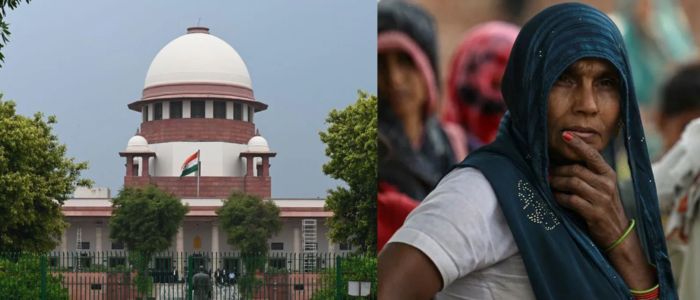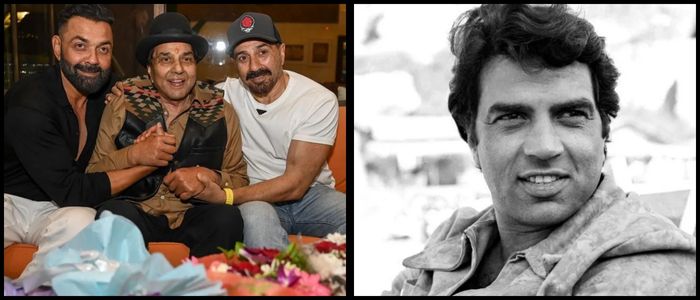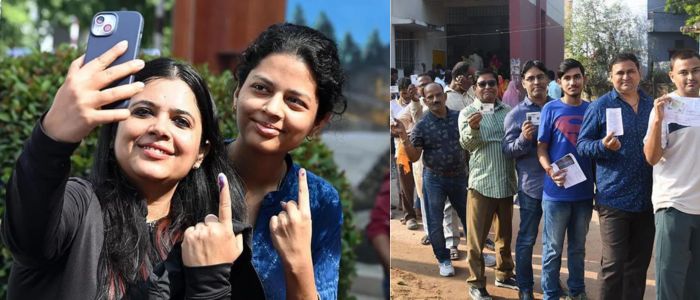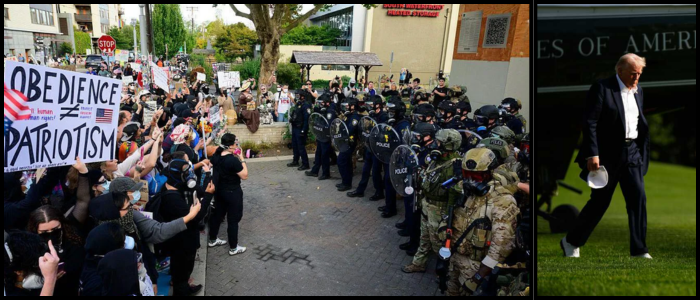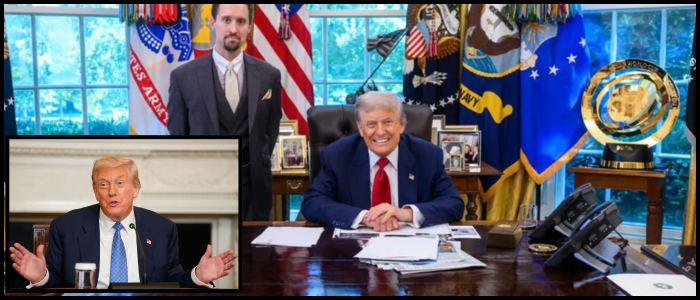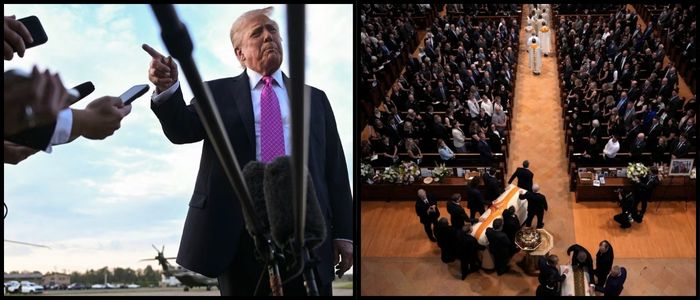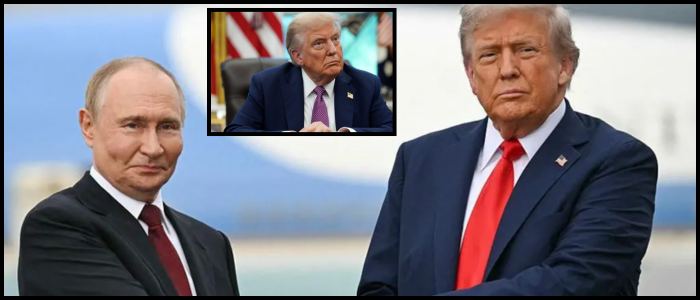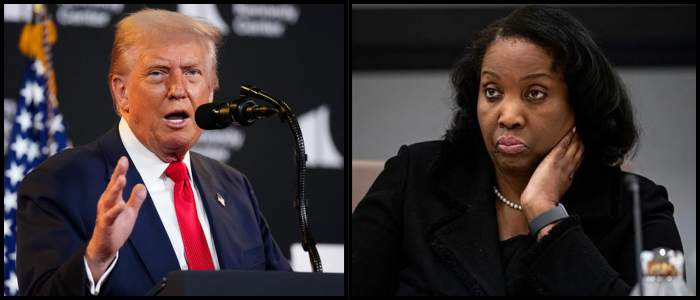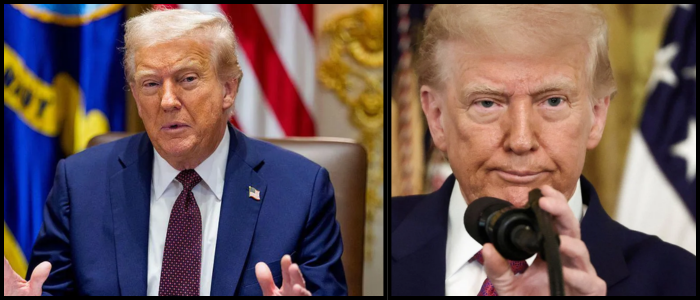In the case of Title 8, "The idea picked up steam out of public view, at a time when civil liberties were in abeyance, opposition figures were thrown into prison," Raghavan said. Gandhi's inner circle circulated schemes that drew on France's Charles de Gaulle, including a president popularly elected with sweeping powers, a relatively denuded Parliament and a hamstrung judiciary.
Recipe for a Strong Presidency
The effort started with a letter from Gandhi's aide BK Nehru in 1975 September. He termed the Emergency a chance for structural reform, asking Gandhi to bring in a directly elected president, not merely ceremonial, who would make decisions without being shackled to parliament. He called for a seven-year term as a single term, severe libel laws for the press, restricted judiciary and removal of judiciable fundamental rights.
Though Indira Gandhi was noncommittal, she permitted Nehru to discuss the idea with party leaders, and he found them almost unanimously favorable. One such secret paper titled A Fresh Look at Our Constitution was written proposing that it was time for the U.S. president to exercise power over the judiciary and the lawmaking powers exceeding even those of the U.S. president.
Although Gandhi did not publicly support the plan, it became the basis of the Forty-second Amendment Act in 1976. This broad reform restricted judicial review, aggregated federal power and limited the ability to invalidate unconstitutional laws. It also extended President's Rule and immunised elections from court challenges.
A Shift That Never Happened
While some Congress leaders demanded lifelong power for Gandhi or a new constituent assembly, she stepped back, instead rushing through the amendment's passage. But there were hints that change was coming.
Following Gandhi's ouster in 1977, the Janata Party undid many of those authoritarian reforms through the Forty-third and Forty-fourth Amendments. But in 1982 Gandhi nearly revived the issue when she pondered a switch to the presidency herself, fed up of the pressures from within her own party. In the end, she chose loyalist Zail Singh.
But although Gandhi and Congress leaders often discussed the possibility of a presidential system, it never developed. The conversation waned after she was killed, in 1984. India continued, and continues, as a parliamentary democracy — transformed but not completely reconstituted by one of its mightiest leaders.
Politics
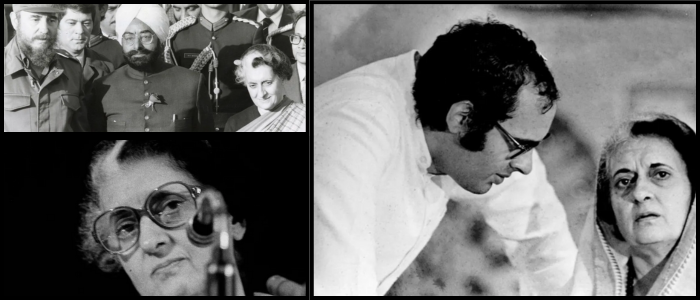
India's Near-Shift to Presidential Rule Under Indira Gandhi

Never has India so nearly turned its back on its parliamentary traditions, as in 1975-77 during the Emergency. A new book by the historian Srinath Raghavan, "Indira Gandhi and the Years That Transformed India," reveals how top officials in Indira Gandhi's government first began seriously considering a move to a presidential system of governance — one that would concentrate power and remove checks exercised by the judiciary, parliament and press.



